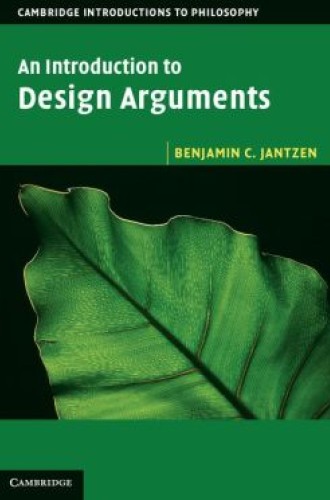An Introduction to Design Arguments, by Benjamin C. Jantzen
The argument from design for the existence of God has been around a long time—since Cicero in the first century, according to Benjamin Jantzen. Surprisingly, though, that leaves a couple of millennia of recorded history before Cicero—including all of Old Testament times—when no one appealed to apparent design in nature as an argument for the existence of God. Jantzen’s explanation for this is interesting: the first step in the development of design arguments is the recognition that there are unintelligent, inanimate causes.
In the ancient world nature was understood to be full of gods who were causal agents. There really was no distinction between natural and supernatural causation. Arguing from design in that environment would be like arguing with a fish for the existence of water. The ancients were surrounded by what they took to be the action of intelligent agents—from the rising of the sun, to the production of crops, to sickness and health. Before design arguments could even be considered, “someone had to raise the serious possibility that other causes of structure and change are operative in the world besides those we identify with life and mind.” Once natural causes become an option for explaining what we see, we had to ask whether those natural causes were responsible, or whether something beyond nature had to intervene. Design arguments depend on our ability to discern the difference.
Most of us have a powerful intuition that various parts of the natural world show purpose, order, or providence. The trick, though, is to take that intuition and transform it into rigorous and compelling arguments. Benjamin Jantzen has done a marvelous job at analyzing the many attempts at such transformations. He is consistently able to drill down into the arguments and clearly reveal the key, often unstated, claims on which the success of an argument depends.





